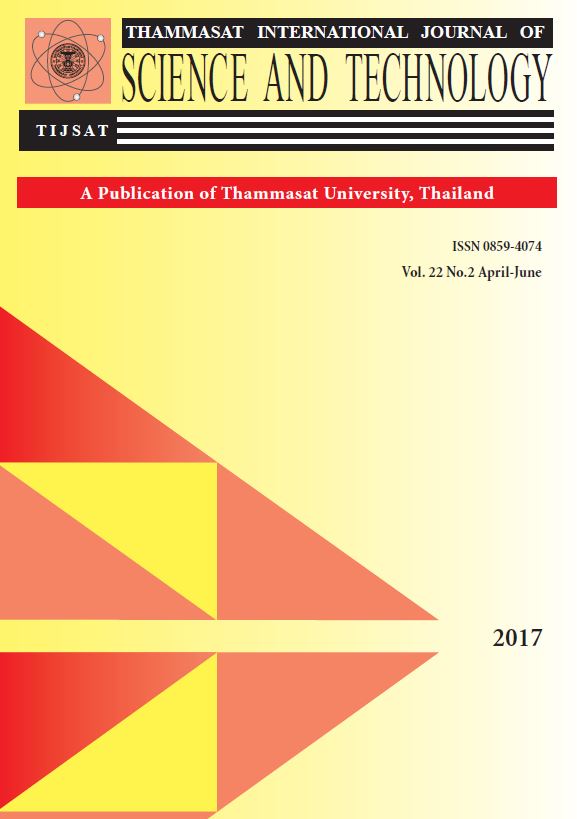Pain Intensity and Dominant Arm: Significant Predictors Contributing to the QuickDASH Outcome
Main Article Content
บทคัดย่อ
The QuickDASH is an acceptable self-reported questionnaire for upper extremity disability evaluation. Pain and physical activity are two significant domains of the questionnaire. For more precision of the QuickDASH, the effect of dominance of arm in upper extremity musculoskeletal pain was clarified. The Cross-sectional design was conducted in offices in the Bangkok Metropolitan area, and the Ongkarak campus of Srinakharinwirot University. Participants were office workers with or without upper extremity musculoskeletal pain. Main outcomes were Thai QuickDASH disability score and the Numeric Pain Scale (NPS). Of 81.4% respondents, 142 participants returned completed questionnaires. The Spearman correlation coefficient (ρ) for Thai QuickDASH and NPS was 0.648 (p<0.001). An adjusted R2 of 0.406 obtained by multiple regression enabled the prediction of the Thai QuickDASH score based on the NPS and the effect of dominance of arm. The coefficient of pain intensity changed from 3.85(95% CI 3.28, 4.42) to 4.00(95% CI 3.44, 4.57). The coefficient of dominant arm was 5.46(95% CI 2.46, 8.45). Item 5 (difficulty of using a knife to cut food), item 6 (difficulty of recreational activities) and item 9 (rate the severity of arm, shoulder or hand pain) of the Thai QuickDASH were significantly associated with the dominant side (Kendall’s rank correlation coefficients p<0.01). The standardized coefficient (Beta) revealed that pain intensity was a main factor of the Thai QuickDASH disability outcome. In conclusion, pain intensity and dominant arm are two predictors contributing to the Thai QuickDASH outcome. These associations may help to explain 40% of the variability of disability in upper extremity musculoskeletal pain.
Article Details
รูปแบบการอ้างอิง
Viriyathakij, N., Buapli, T., Yampraserd, T., & Siriwanitchaphan, W. (2017). Pain Intensity and Dominant Arm: Significant Predictors Contributing to the QuickDASH Outcome. Science & Technology Asia, 22(2), 82–90. สืบค้น จาก https://ph02.tci-thaijo.org/index.php/SciTechAsia/article/view/91012
ประเภทบทความ
Health sciences


